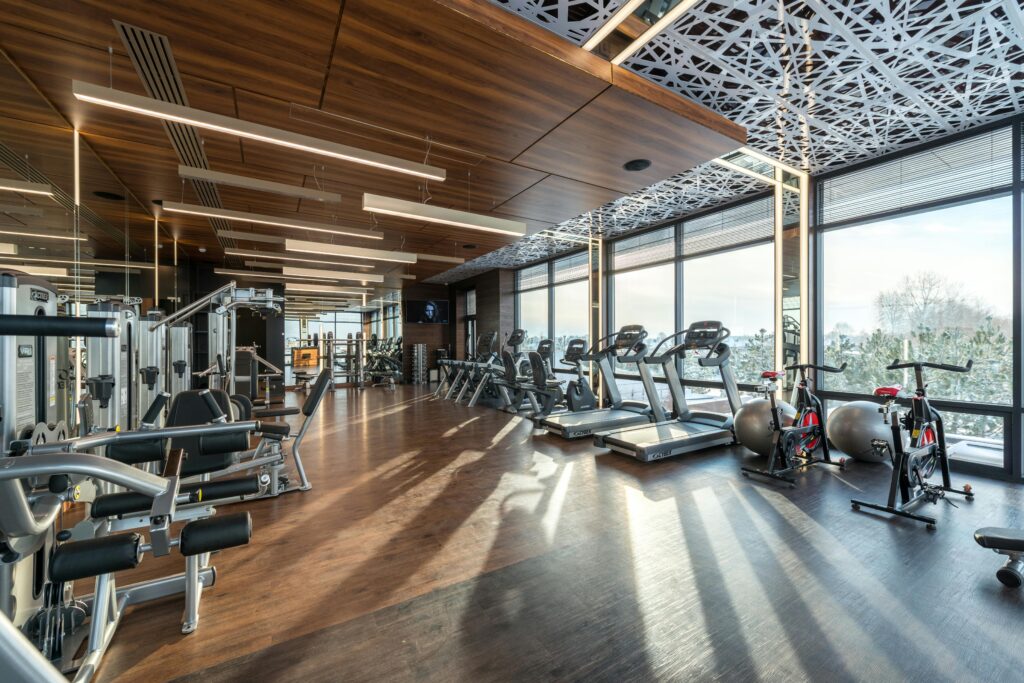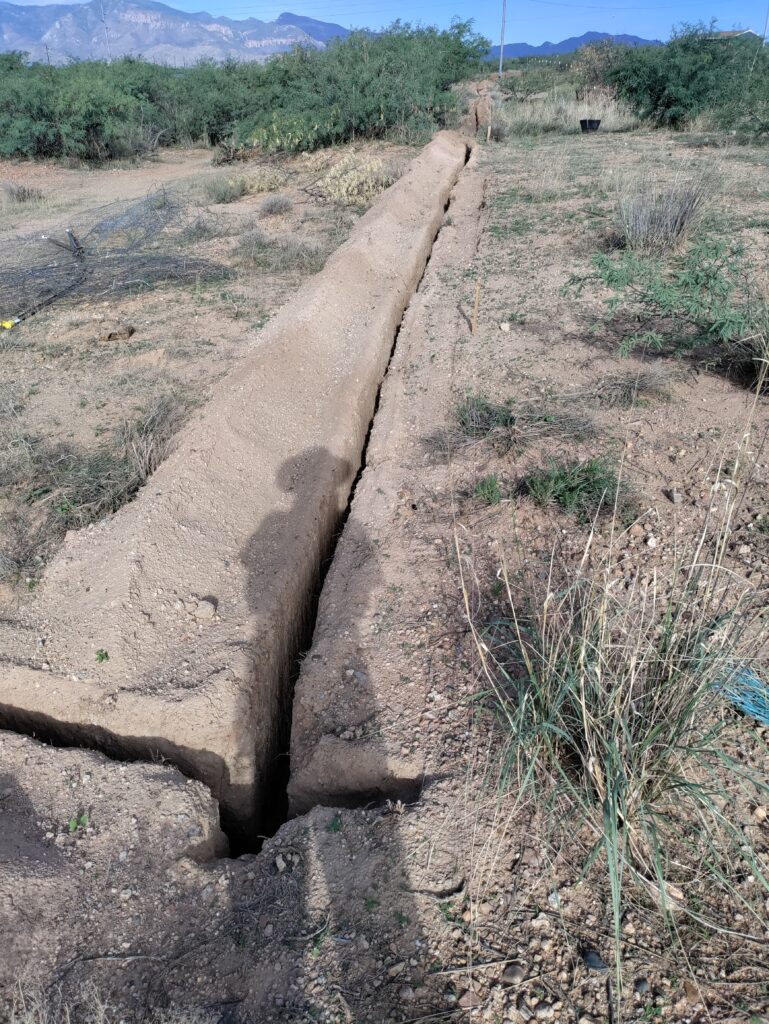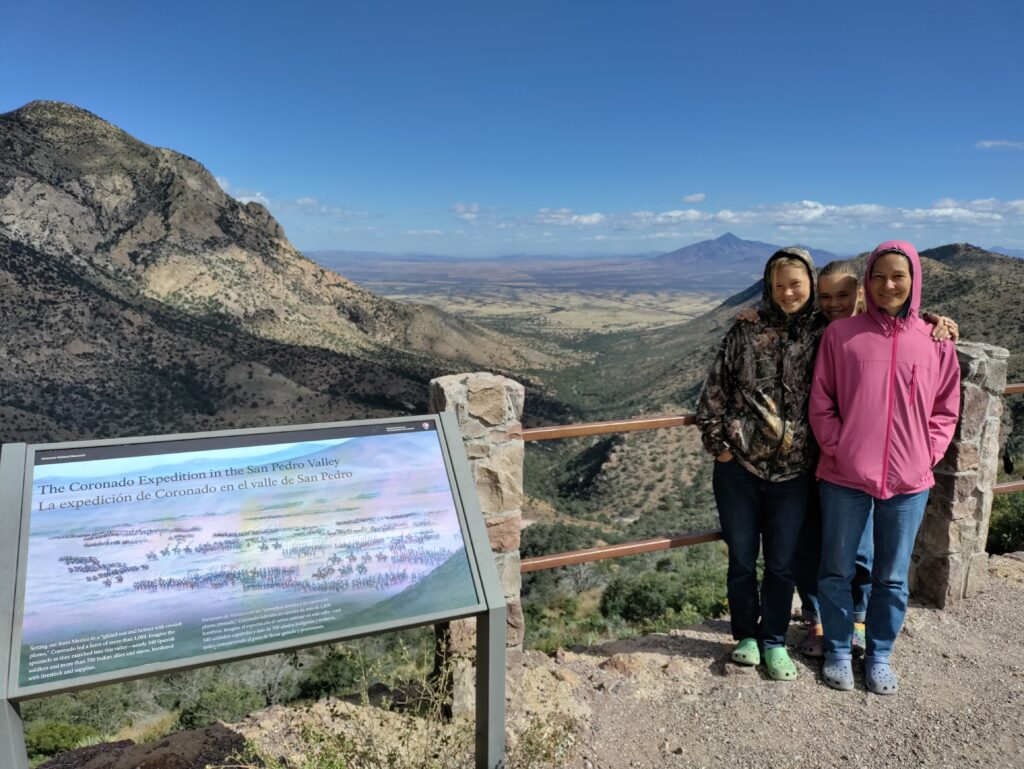Surely everyone has heard how good exercise is for them, so shouldn’t we all love it? We’ll talk about that as well as better alternatives than exercise. And I’ll have a simple movement challenge for you: can you perform a few basic moves that most people should be able to do without any problem, but many (most?) Americans wouldn’t be able to do?
One of the problems with modern exercise is that it has unnaturally been compartmentalized in time, space, and body parts. Did God design us with a need for exercise machines in order to be strong and healthy? That doesn’t make a lot of sense. I don’t know how we ever got along without them.
Some of the most common exercise regimens work a relatively few number of muscles compared to the hundreds of muscles in our bodies that then atrophy. For example, one may be able to do a lot of curls and bench presses that build externally-visible muscles, but be incapable of doing much useful, real-world work that requires multi-muscle strength, coordination, and endurance such as throwing sand bags to stop flood waters or building a fence.
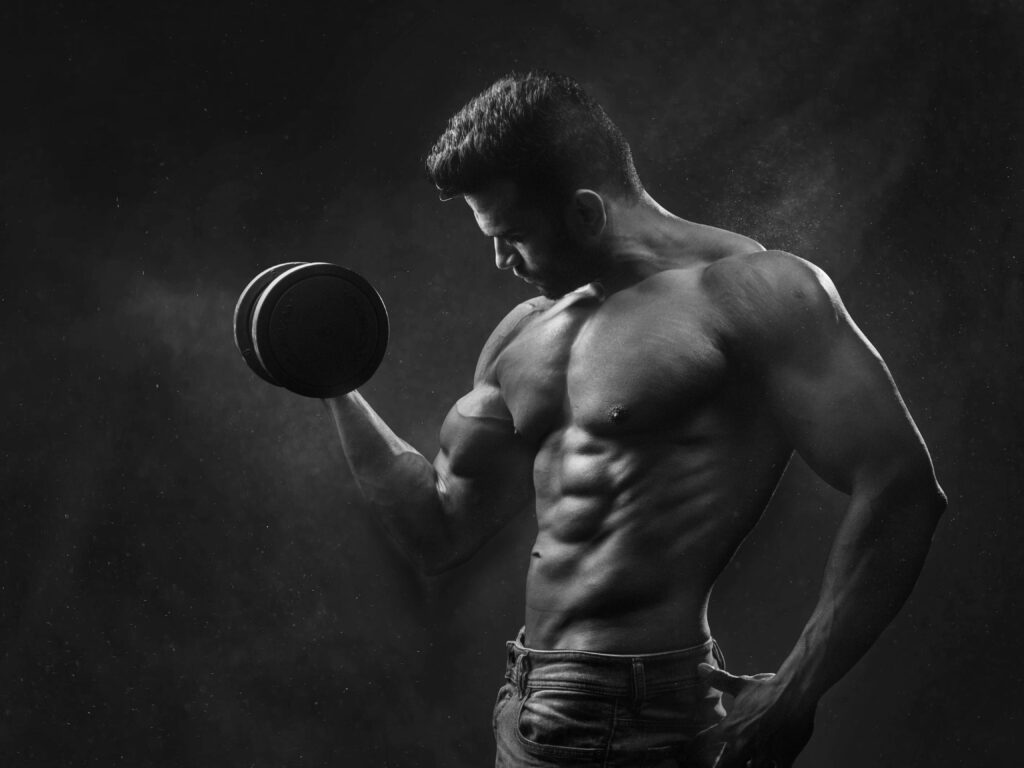
You would probably agree that people throughout history did a lot more physical labor than us. You might even believe that our superior technology, allowing us to enjoy easier lives in temperature-controlled buildings, and state-of-the-art fitness and healthcare facilities keep us healthier than peoples of the past. But look around the average community and you see an obesity crisis of huge proportions, massive numbers of unhealthy people who are deathly afraid of viruses that are dangerous for the unhealthy, plus the alarmingly fast rise in the numbers of people suffering with chronic illnesses.
Maybe we don’t have it all figured out? One thing that science is showing – with essentially no detractors – is the importance of movement, often now thought of as exercise, in human health. Here are some of its benefits:
- Helps prevent numerous diseases
- Can relieve pain and stress
- Boosts circulation and immune system
- Good for your brain and mood
- Maintains mobility (kind of important!)
- Allows you to perform daily tasks
- Better daytime energy and nighttime sleep
- Can improve posture
Man has always figured out ways of saving labor and doing things more efficiently. But what if we’ve gone too far and overdone it with push-button technology for everything possible (eg. remote control; car windows, locks, and doors; food processors; etc.) so all one has to do is lift a finger. What if all our electronic servants are actually doing us a disservice? Efficiency is great, but maybe there is a healthier balance each one of us can find.
Maybe we were designed to move more!
Think about your repetitious daily routines. For many that means rolling out of bed into the bathroom, from there into the kitchen to eat some prepackaged food, sit in a vehicle on the way to work where many sit in front of a screen all day, reverse the direction and end up back in bed – all with as little extra movement as possible. Your schedule may look different, but how different?
These types of routines, as well as repetitive exercise routines, contribute to repetitive motion injuries such as carpal tunnel, tendinitis and bursitis. A lack of movement leads to a weak body that is easily fatigued and injured and a weak immune system that easily succumbs to acute and chronic illnesses, and this is just scratching the surface. A sedentary lifestyle leads to the opposite of all the benefits mentioned above!
A couple of studies produced some interesting findings. One found that if you can’t balance on one foot for 10 seconds, you are almost twice as likely to die in the next 10 years. Another found that if you can sit down on the floor and get back up again without using your hands, you’re much more likely to live longer than you would if you can’t. Why not try these simple tests right now? If you struggle with either of these, you’ll really benefit from the resources I’m about to share.
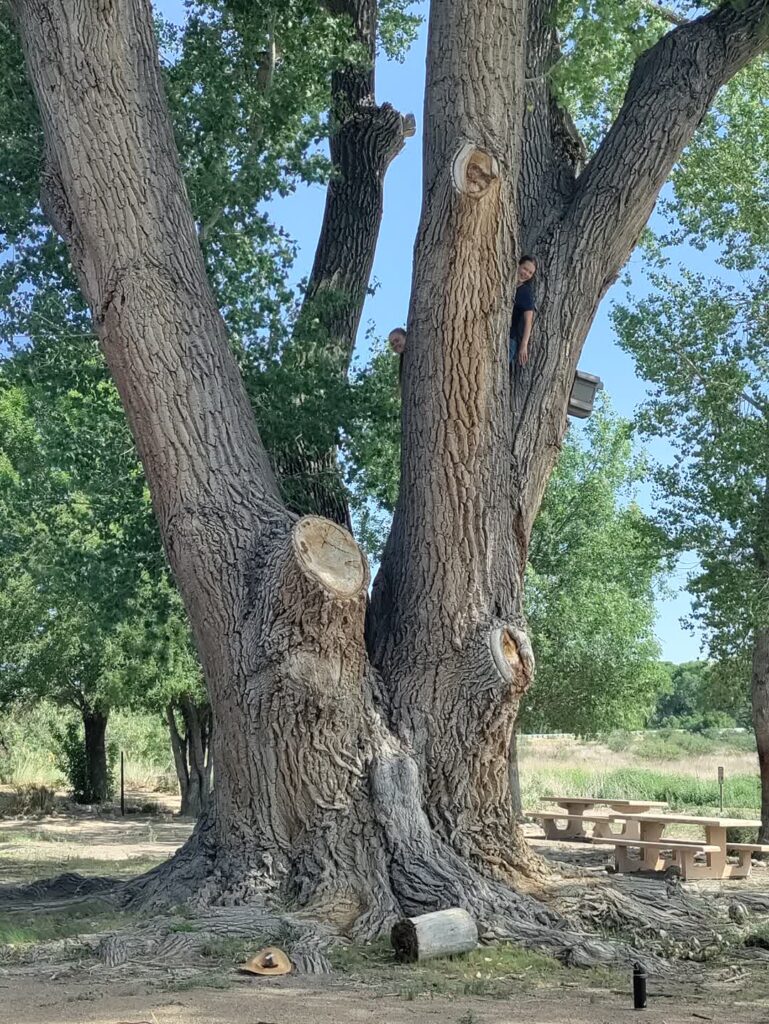
Think about how you might incorporate more movement into your life. If you’re left scratching your head trying to think of ideas, no worries! Fortunately there are others who have put a lot of thought and practice into this and have created systems for teaching natural movement to others. There are a gazillion ways to move… more… naturally, and as you begin learning, it opens a world of possibilities!
One of the greatest ways to enjoy movement is outdoors! You get the added benefit of fresh air with health-promoting VOCs. And you get sunshine which is necessary for your body to produce vitamin D – essential for the health of multiple systems in your body and yet most people are deficient because they spend so much time indoors.
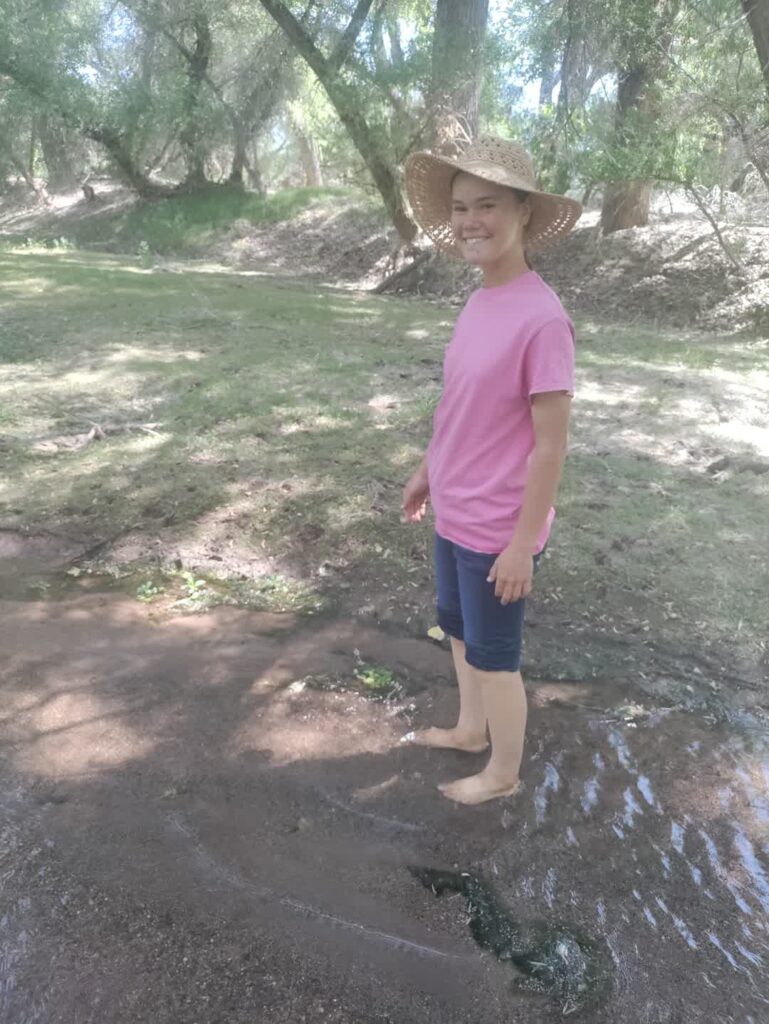
One natural movement system is MovNat. It is so diverse with multiple levels, or progressions, that it can be used by pretty much anyone and replace pretty much any other workout program with all of the real-world benefits we’ve been discussing. The following challenge is a great place to start.
Link: 15 Natural Movements Most People Should Be Able To Do
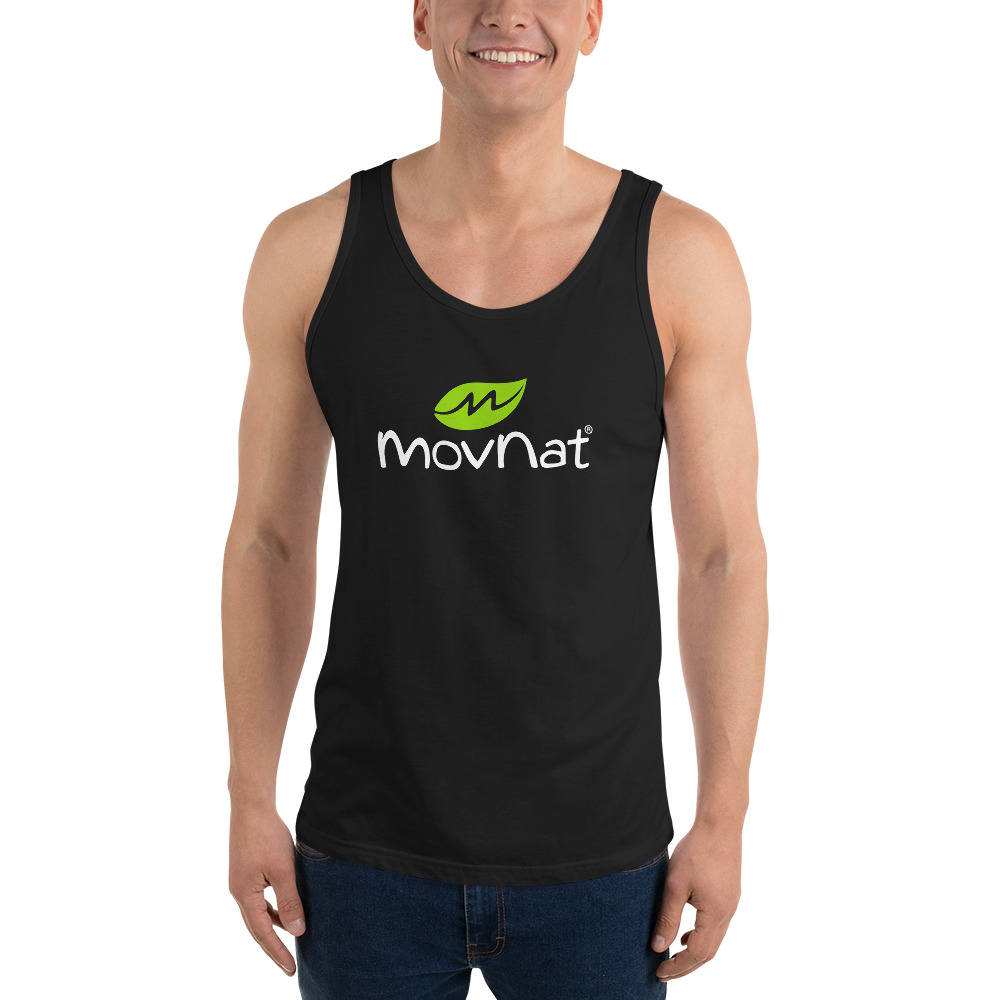
One flaw in MovNat is the way they promote their evolutionary worldview with religious zeal. If you can overlook that, I know of no better workout program.
But another program that anyone can learn an enormous amount from is Nutritious Movement. It also promotes natural movement in everyday life and the article below is filled with ideas for incorporating more movement into your daily life apart from exercise. It has a video of founder and author Katie Bowman giving a tour in her movement-rich home as well as tips from a number of other people.
Link: Move More Without Exercise
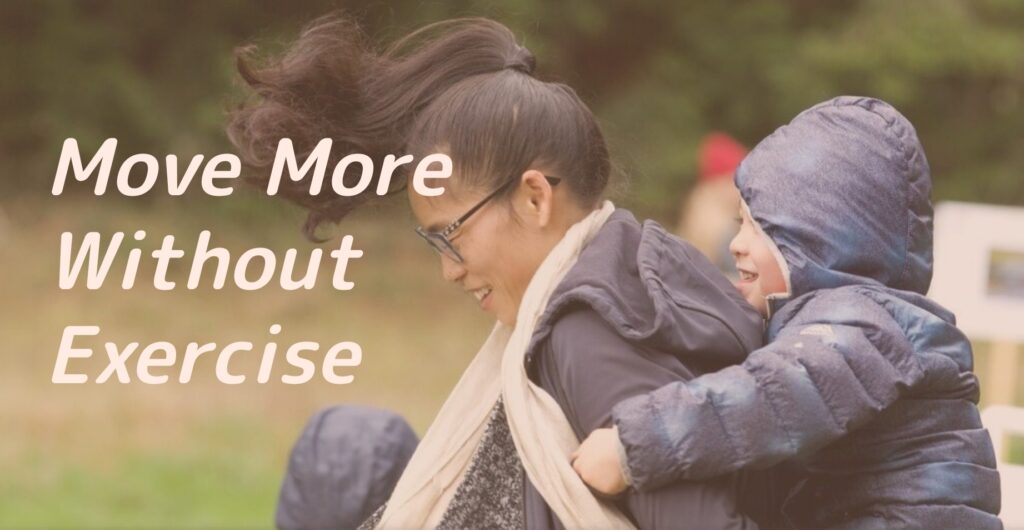
Katie Bowman is a biomechanist and wrote the book, Move Your DNA, among others. In this book she goes into fascinating detail on the effects of movement down to the cellular level. I learned things such as the role muscles play in the circulatory system: when used, muscles actually help pump blood to themselves which brings nutrients and flushes waste. This is important for anyone seeking to rid their body of toxins – it requires movement! Otherwise those toxins are stuck in stagnant tissues.
Because of what we’ve learned from MovNat and Nutritious Movement, I think it has made us enjoy outdoor living and the work of building Sabbatical Ranch even more. We love the variety of projects we’re always working on which works the body and brain in so many different ways. One of the things we want to create here is a natural movement playground for children and adults.

